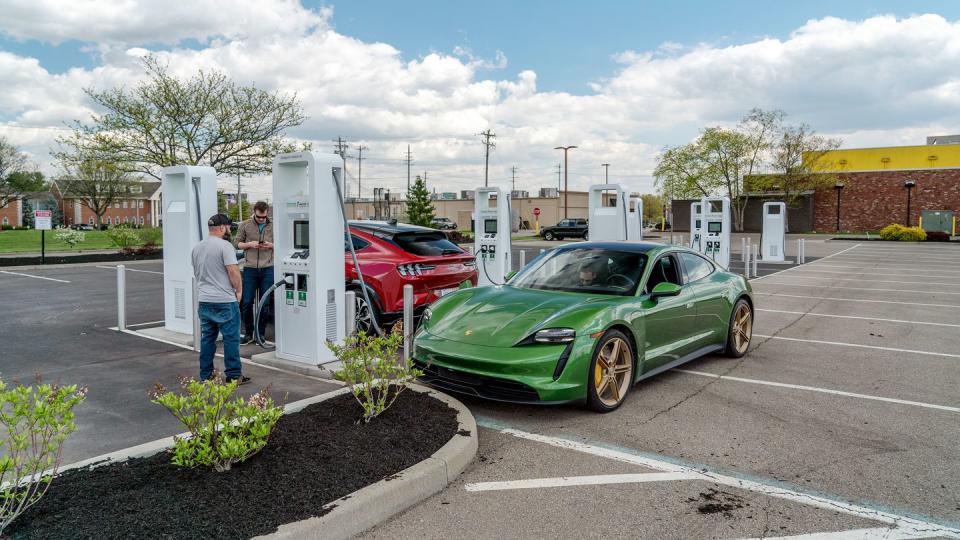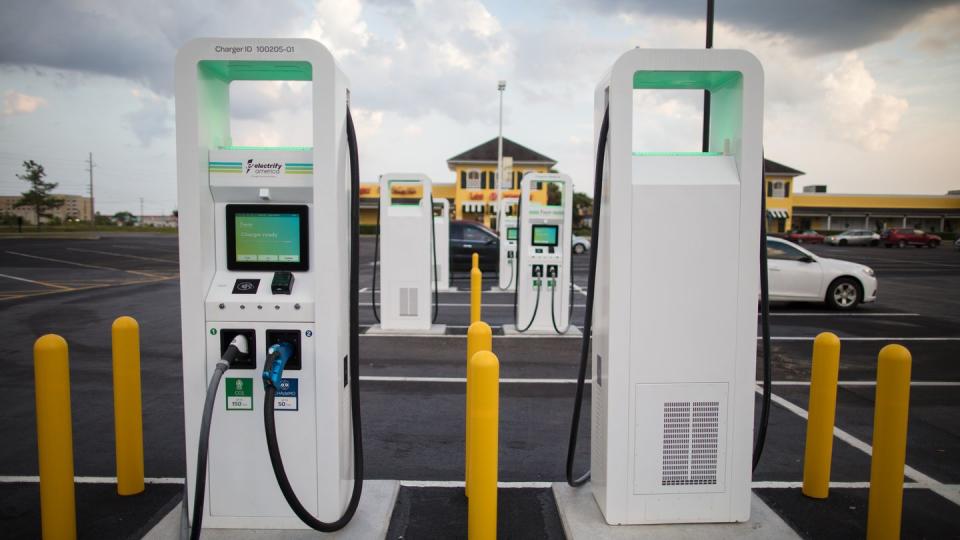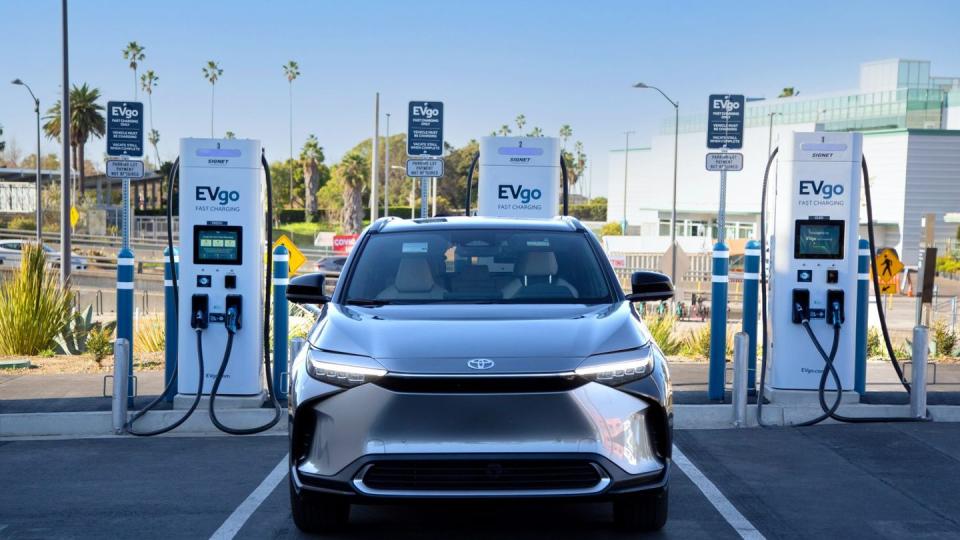What Makes EV Charging Stations Fail?

With electric vehicle sales continuing to rise in North America, the reliability of public charging networks has become a crucial issue—and a differentiator between Tesla and every other carmaker selling EVs.
Tesla has undoubtedly sold many EVs due to the near-bulletproof reliability and ease of use of its Supercharger network. Buyers of most other EVs must figure out their car’s less-than-seamless experience among multiple networks, requiring various forms of authentication, with variable pricing, and different user interfaces at each station.
The EVs Are Fine; It’s the Charging
“Mass consumers who have a lot of charging anxiety,” said Ford CEO Jim Farley. “They don’t have range anxiety; they have charging anxiety.” It only takes one or two friends, coworkers, or neighbors who arrive at a public charging station with an EV battery running low to find the station isn’t working—or won’t connect to their car—before new-car shoppers decide EVs are too risky.
Most public chargers work most of the time—but to get broad public adoption, EV charging has to be at least as reliable and pleasant as, say, gas stations. Not a very high bar, right? Today, electric vehicles are largely fine; it’s the charging networks that will make or break them.
A J.D. Power report this past May quantified the problem: “Through the end of Q1 2023, 20.8 percent of EV drivers using public charging stations experienced charging failures or equipment malfunctions that left them unable to charge their vehicles.” The numbers were worse in a study of EV chargers in the San Francisco Bay Area last year that found almost one-quarter of them didn’t work due to “unresponsive or unavailable screens, payment system failures, charge initiation failures, network failures, or broken connectors.”
Now a new study offers national data pinpointing the specific reasons for public charging station failures. It’s part of a broader white paper released today, Electrification 2030, that assesses pivotal issues affecting both EV adoption and home electrification by 2030. The study was produced by the Electrification Institute, recently established by Qmerit, a company that installs EV charging stations, solar panels, heat pumps, and storage batteries for consumers.
Based on network data monitored across the United States this year, the most common reasons for failed EV charging sessions are problems with:
station connectivity: 55 percent
internal station faults or errors: 38 percent
charging connector or cable: 4 percent
credit-card reader: 1 percent
display screen: 1 percent
CONNECTIVITY: The data suggests that more than half all charging failures come from a station not being able to connect to its network for authentication. Because most EV charging networks use cellular links in their stations, they’re subject to the cell-service vagaries we’ve all suffered.
There are two fixes for this. First, the best practice is for any public station to default to free charging if it loses connectivity and can’t validate a customer or a payment method. Electrify America says its stations do just that. Second, stations can be connected using hard-wired communications cables—which are considerably more expensive to install, which is why they mostly haven’t done so.

STATION INTERNALS: The next failure category, “internal faults or errors,” covers software and perhaps some hardware failures. Many EV drivers have posted photos of non-working charging stations that have seemingly frozen in the middle of rebooting, including what looks suspiciously like Windows code on their screens. This is likely a host of different issues, each of which has to be addressed separately, for different stations from different makers. It’s complicated.
THE REST: All other causes are minor—including the credit-card readers much pilloried by Elon Musk. The Tesla CEO has turned down public funding to expand the Supercharger network over state and federal requirements that chargers offer payment methods other than phone apps.
Show Us the Data
Meanwhile, EV networks decline to provide details on their reliability metrics, sometimes claiming network uptime of 97 percent or better. If uptime is defined as a station responding to a ping from a central computer, that may well be true. That response, however, has very little to do with whether that station can actually collect payment and then provide a charge at an acceptable rate to an EV that drives up to it.

As is often the case with EVs, the solution may come from California regulators. Last year, state legislators passed a bill [AB 2061 of 2022] that requires all charging operators who receive state money to comply with new and more detailed standards for record-keeping and reporting. The specifics are due next year from the California Energy Commission—and what California pioneers, the states that have adopted its emissions rules are likely to adopt as well.
The level of frustration and anger among automakers is high enough that in May Ford announced its EV customers would be able to charge at Supercharger stations—and that it would adopt Tesla’s connector standard. GM followed with an identical announcement weeks later, and many others have followed—see the full list HERE. Then, in July, seven automakers announced they would form a joint venture to set up their own new network of more than 30,000 fast-charging stations, with amenities to make recharging more pleasant.
Meanwhile, knowing various reasons a charging station may not be working doesn’t help anxious EV drivers. Only the networks can do that, by prioritizing maintenance, oversight, and response times. Y’know, just like Tesla does for its Supercharger network.
You Might Also Like

 Yahoo Autos
Yahoo Autos 